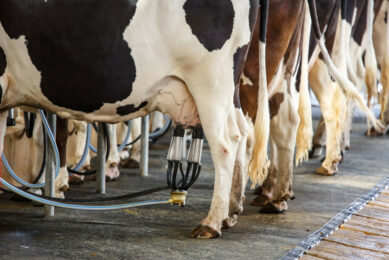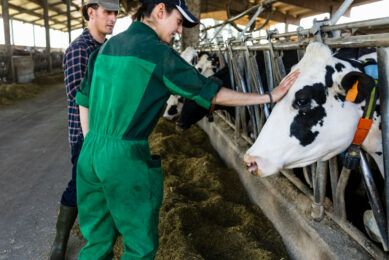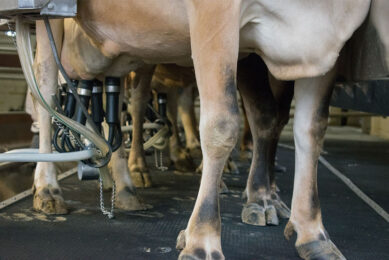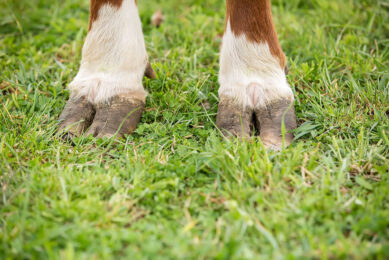NSAIDs – a solution to treating digital dermatitis?
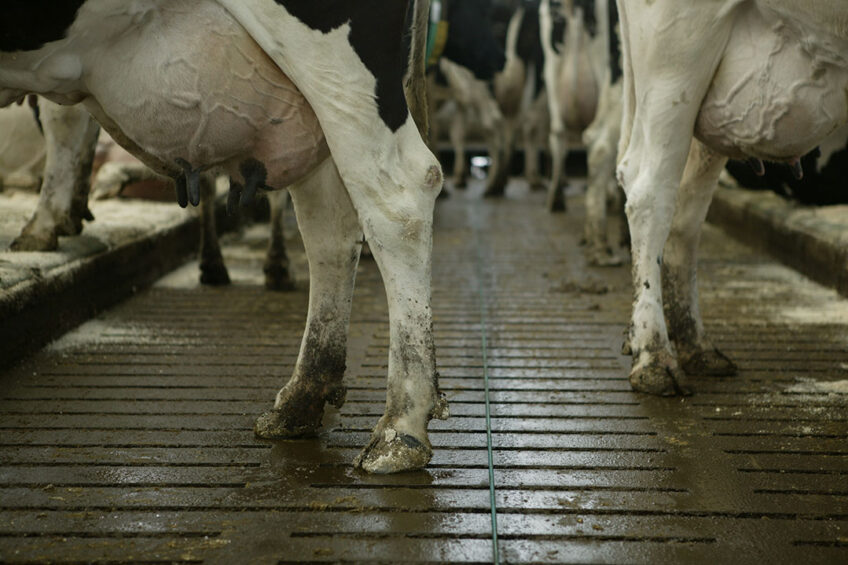
It’s long been recognised that lameness is a painful and inflammatory condition and the benefit of using NSAIDs (non-steroidal anti-inflammatory drugs) in treatment protocols for early cases of claw lesions is well established. However, what about when it comes to treating digital dermatitis?
Unlike the claw horn lesions, digital dermatitis is caused by a bacterial infection and is typically seen as a red, raw, ulcerated lesion between the heel bulbs, more commonly on the hind feet. It is one of the most common lesions causing lameness and can infect up to large proportions of the herd at any time due to its highly infectious nature. The best approach to treatment is to lift the affected foot in a crush, clean, dry and then spray with a licenced topical spray with repeat treatments given daily until the lesion has healed.
NSAIDS and digital dermatitis in dairy cows
Until recently, the incorporation of NSAIDs into treatment protocols has received little attention and their use has mostly been restricted to the most severe cases. However, research published by the University of Liverpool has indicated that NSAIDs do play an important role in the treatment of digital dermatitis resulting in reduced pain, improved mobility scores and increased milk yields.
“…reduced pain, improved mobility scores and increased milk yields.”
In a study, 158 cows from 4 farms between September 2019 and March 2020 were enrolled. Only cows with active digital dermatitis lesions (M1, M2 or M4.1) were recruited. All lesions were treated with a single application of a licenced topical oxytetracycline spray with cows randomly allocated to receive a single injection of ketoprofen (treatment group, n = 90) or no injection (control group, n = 68). All cows were mobility scored before treatment and 1 week later.
Across all cows, there was an observed (but not statistically significant) difference between the groups when comparing the likelihood of lameness at the follow-up score. Those that did not receive ketoprofen were 2.57 times more likely to be lame at the second mobility score when compared to those that received ketoprofen (18.46 vs 11.49%; p>0.05).
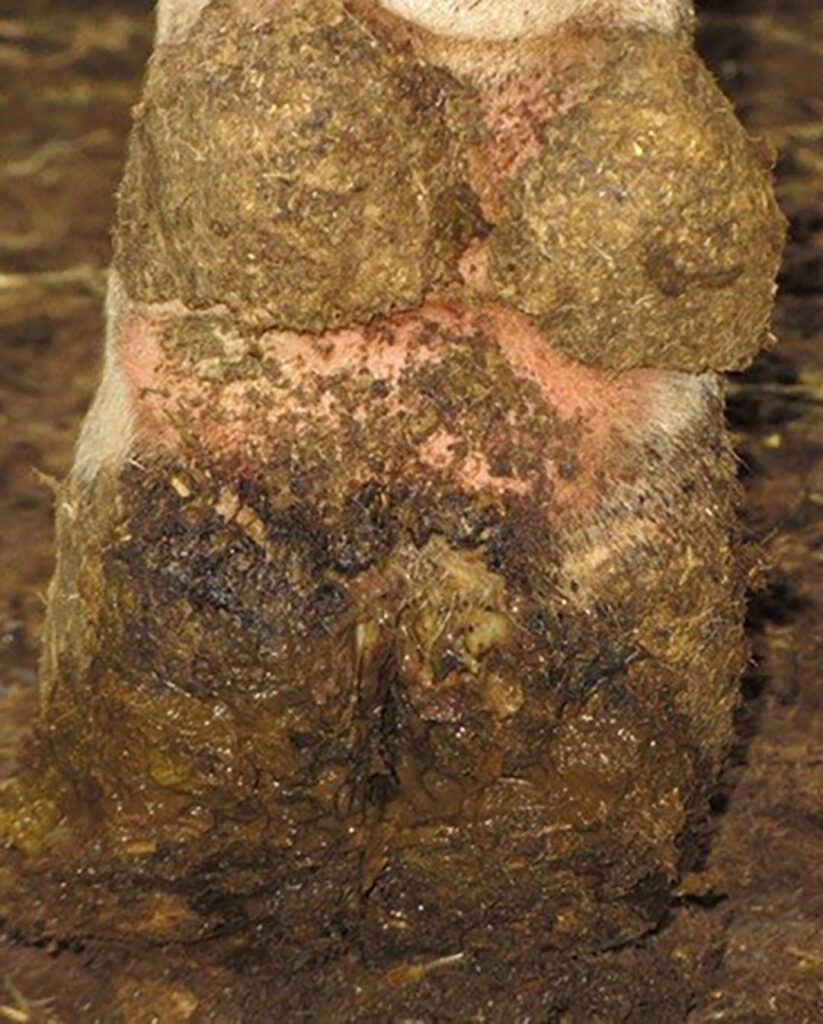 However, when just analysing the results from a group of 20 cows that were lame at the time of treatment, a significant difference was found. Those in the control group had significantly higher odds of being lame a week later (71.43% vs 30.77%; p=0.03).
However, when just analysing the results from a group of 20 cows that were lame at the time of treatment, a significant difference was found. Those in the control group had significantly higher odds of being lame a week later (71.43% vs 30.77%; p=0.03).Milk yields and production increase
As well as benefits in mobility, there were also some interesting findings when milk yields were compared between the 2 groups. On average, cows in the treatment group gave 3 kg per day more than those in the control group (treatment = 45.35 kg/day; control = 42.37 kg/day). However, when just considering freshly calved animals that were lame at the time of treatment, this difference increased to over ten litres (treatment = 58.38 kg/day; control = 47.89 kg/day). This indicates that there are not only welfare benefits but also production benefits from using ketoprofen in these cows.
This study provides the first evidence base as to the benefit of using NSAIDs in the treatment of digital dermatitis. Although there are some limitations due to sample size, it supports the use of NSAIDs in the treatment of cases of digital dermatitis, especially when the animal is lame, with significant benefits in milk yield in fresh cows too. With lameness continuing to present a significant welfare challenge across our global dairy industry, this new research helps to provide justification for the incorporation of NSAIDs not only into treatment protocols for claw horn lesions but for digital dermatitis too.



